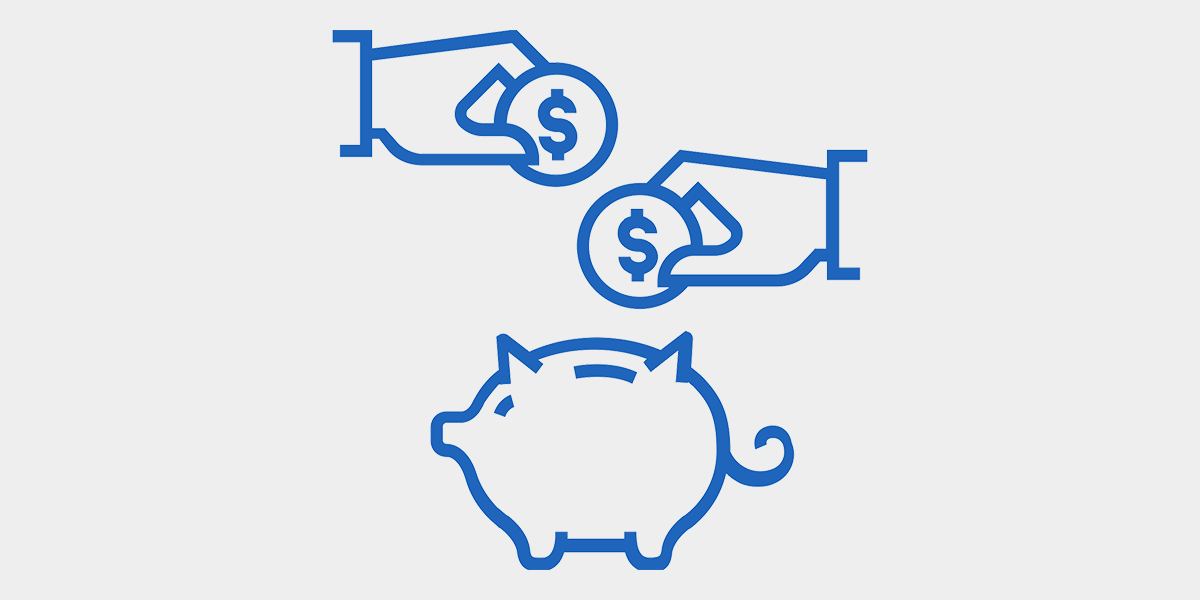I recently received a rather depressing phone call. My friend, the head of customer experience at a large manufacturing firm, had been laid off along with the rest of her team. This was upsetting on a personal level, of course. But what we jointly bemoaned was the bigger picture: the fact that so many companies today still don’t understand the business value of customer experience or why they need dedicated resources in this area.
It’s a shame, because the business benefits are quite clear — and they’re benefits that every executive strives for: increased revenue and decreased costs.
Much of the increased revenue associated with customer experience is a direct result of loyalty from existing customers. In my recent post about loyalty, I shared that customers who have bad customer experiences are at risk for ending their relationship and taking their business someone else. The flip side, of course, is that customers who have a great customer experience are more likely to buy again. And, in fact, the influence of the customer experience can be even greater than that of a traditional loyalty program — a recent report from Deloitte revealed that high-frequency travelers weigh past positive experiences more heavily than rewards points when making new hotel bookings.
Additional revenue comes from new customers, gained through word-of-mouth. The popular Net Promoter Score loyalty measurement framework is based on the premise that customers who have great experiences are willing to tell friends or colleagues about your company.
And still more revenue comes from the premium that consumers — 81% of them, in fact — are willing to pay for a superior customer experience.
Executives estimate that they lose 20% of their annual revenue from poor customer experiences. How can you estimate how much revenue you stand to gain from delivering a great one? The math is actually quite easy:
- Start with your entire customer base and average customer spend, then make an extremely conservative assumption about how many more customers would buy again based on their experience — like 1%, .05%, or even .01%. Some quick multiplication will give you the increased revenue associated with these loyal customers.
- Now add in the revenue gained through word of mouth. Take the number of customers who tell you they’re likely to recommend your brand, and again, make a conservative assumption about the percentage who actually will. Assume that only a small percentage of those referred friends and colleagues will actually buy from you, and then estimate how much each one will spend.
- Finally, factor in the additional premium that you’re able to charge your customers for your top-notch customer experience.
The dollar value associated with decreased costs is a bit more complicated to estimate, but it’s equally real. When Sprint recently cut 800 customer service jobs, the company clearly tied its cost savings to customer experience, saying “As customer satisfaction improves and in turn calls to customer care decrease, our staffing needs in this area decrease.” Companies can find customer experience-related cost savings in other areas as well. For example, I once helped a global company redesign its entire supply chain — everything from ordering and communications to stocking and shipping — around the needs of its customers, and the resulting processes eliminated both physical waste and redundant efforts.
The bottom line: You need to invest in improving your customer experience.




